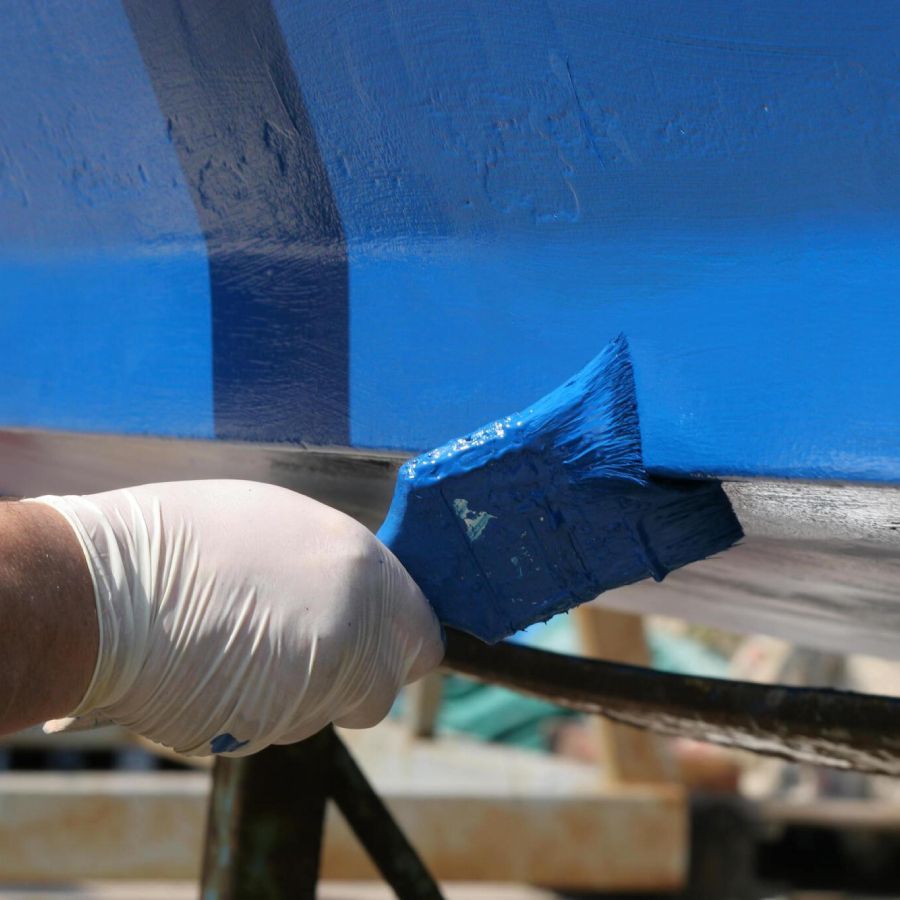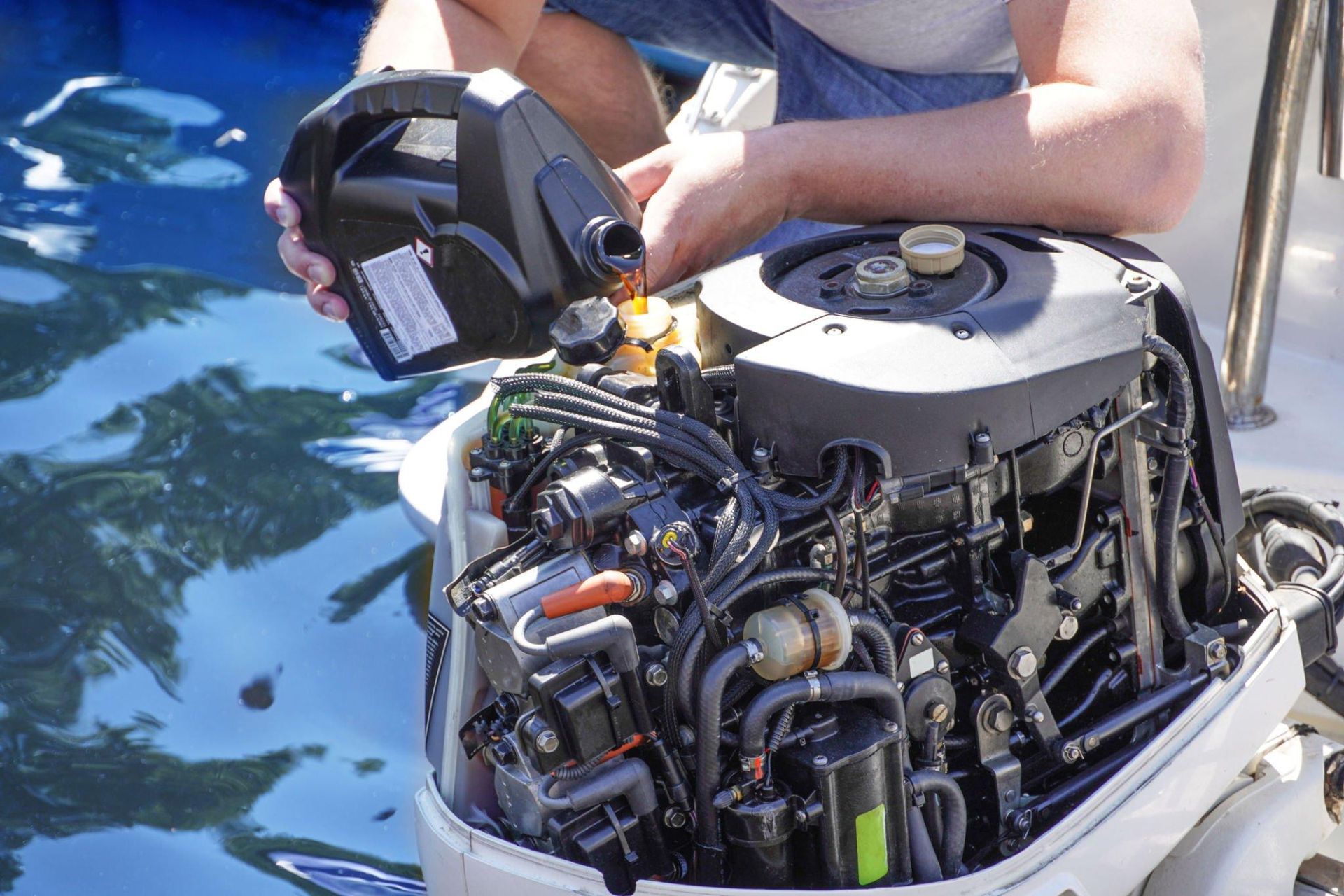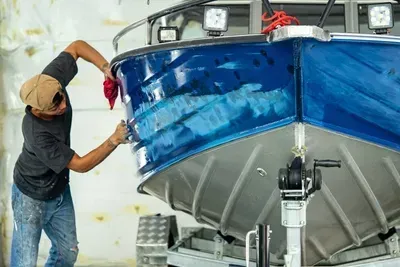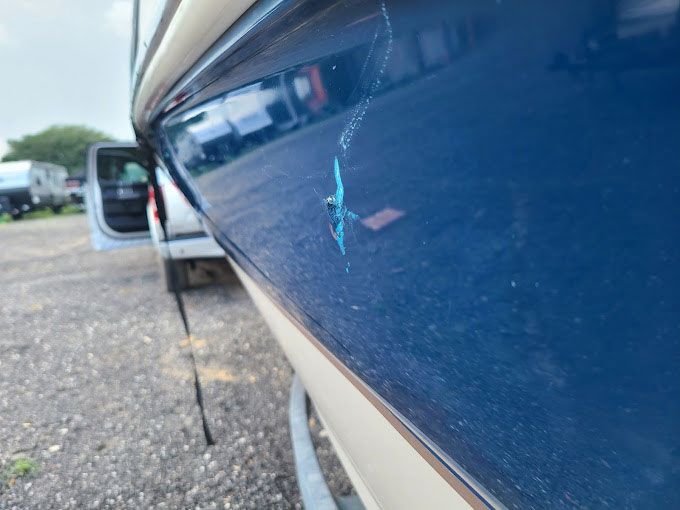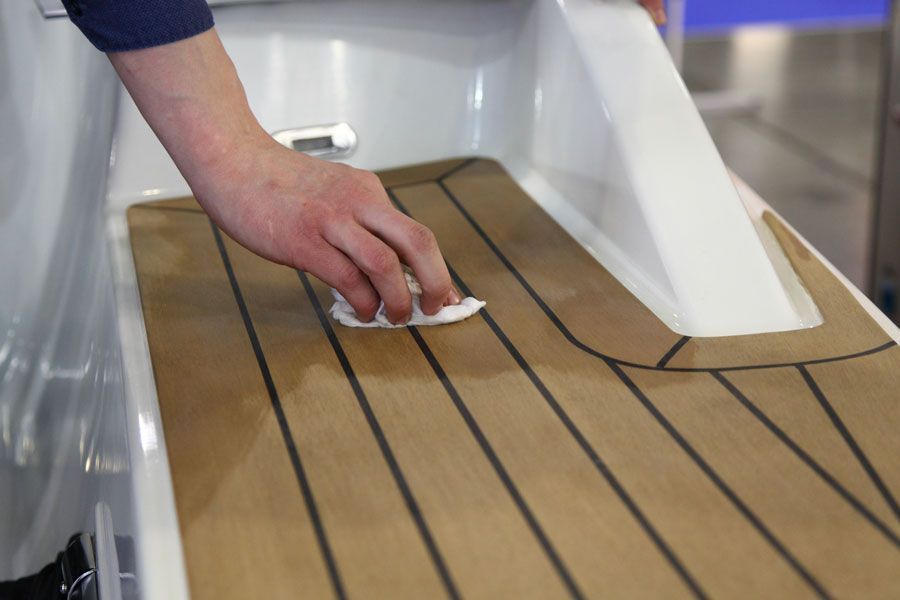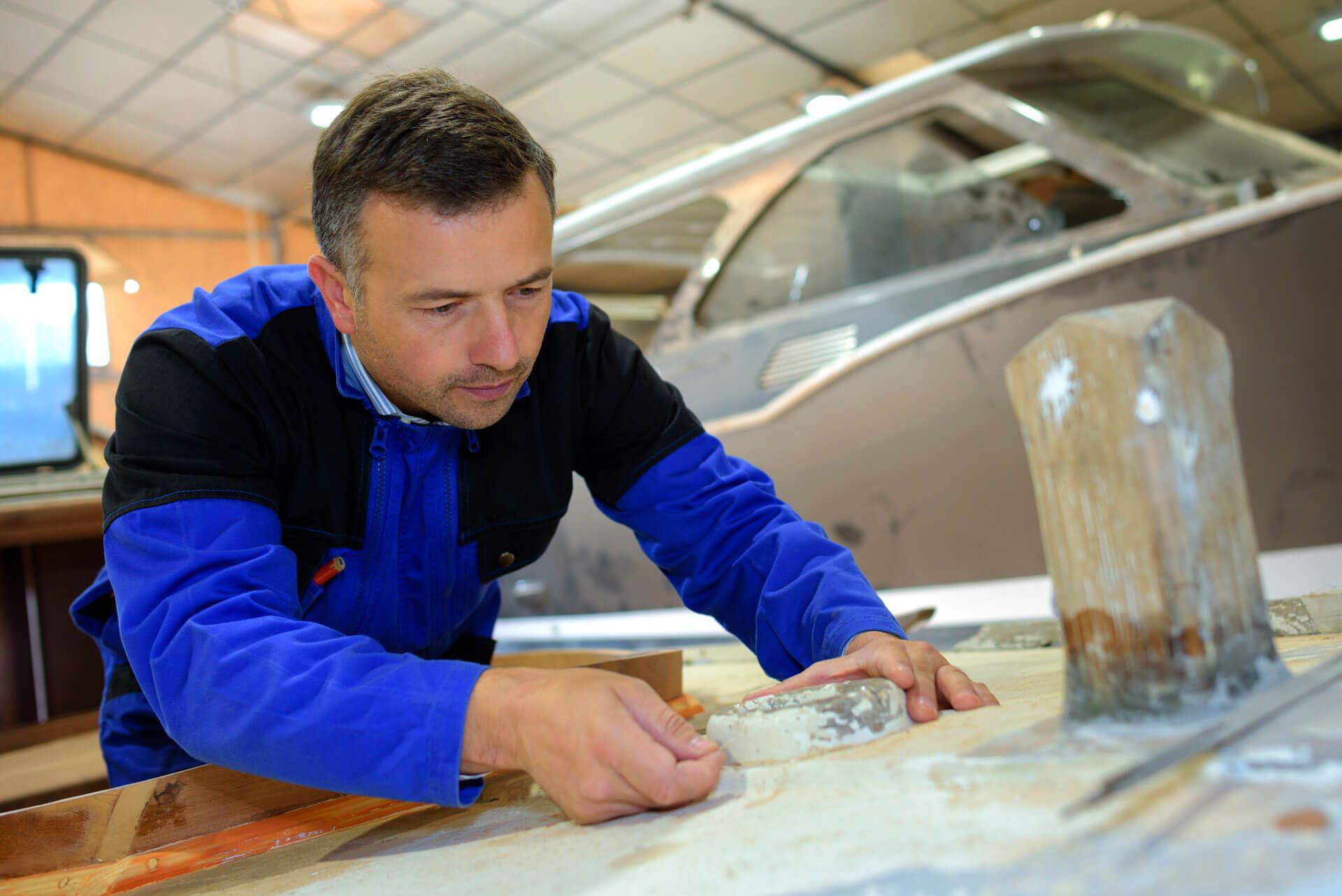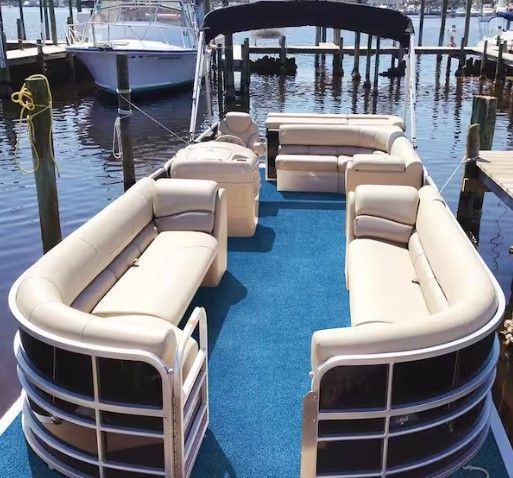5 Advantages of Composite Boat Stringers
When it comes to boat construction, one crucial component that often goes unnoticed but plays a pivotal role in the structural integrity of the vessel is the boat stringer. While boat stringers can be made from various materials, composite boat stringers have gained popularity due to their numerous advantages. In this blog post, we'll delve into the world of composite boat stringers, starting with the basics.
What are Boat Stringers?
Boat stringers are longitudinal support structures that run along the bottom of a boat's hull. They provide structural reinforcement, distribute the load, and help maintain the boat's shape. Think of them as the backbone of the boat, ensuring it maintains its form and strength even in challenging conditions. Boat stringers are positioned within the hull, typically beneath the floor or deck, and they play a critical role in ensuring the boat's overall stability and durability.
Why are Composite Materials Used in Boat Construction?
In the past, boat stringers were often made from wood, which is known for its susceptibility to rot and degradation over time, especially when exposed to water. However, with advancements in materials and boat-building technology, composite materials have emerged as a superior alternative. Composite materials for boat stringers combine various elements, most commonly, fiberglass, carbon fiber, or Kevlar, with a core material like foam or balsa wood.
Advantages of Using Composite Boat Stringers
Composite boat stringers offer several advantages over traditional materials like wood or metal:
- Lightweight - Composite materials are significantly lighter than their traditional counterparts, which contributes to better fuel efficiency and improved overall boat performance.
- High Strength-to-Weight Ratio - Composite materials are incredibly strong for their weight. This property results in a more robust and resilient boat structure.
- Resistance to Rot and Corrosion - Unlike wood, composite materials do not rot or corrode when exposed to moisture or saltwater, increasing the boat's longevity and reducing maintenance cost.
- Design Flexibility - Composite materials can be molded into various shapes, allowing boat designers to create custom stringer designs tailored to the boat's needs.
- Reduced Vibration - Composite stringers dampen vibrations, leading to a smoother and more comfortable ride, and they can help mitigate the risk of stress-related damage to the hull.
- Improved Buoyancy - Composite materials can be engineered to provide better buoyancy, which enhances the boat's stability and handling.
By using composite boat stringers, boat manufacturers can build lighter, stronger, and more durable vessels that are better suited for the challenges of the marine environment.
How Can We Help?
When it comes to composite boat stringer repairs in Florida, CV Composites is your go-to choice. We combine expertise, technology, and local knowledge to provide comprehensive repair solutions that stand up to the unique challenges of Florida's boating environment.
To schedule your boat stringer repair or to inquire about our services, please don't hesitate to reach out to us. Your satisfaction and the safety of your vessel are our top priorities. Trust CV Composites to keep your boat in top shape, ensuring many more memorable journeys on Florida's picturesque waters.



